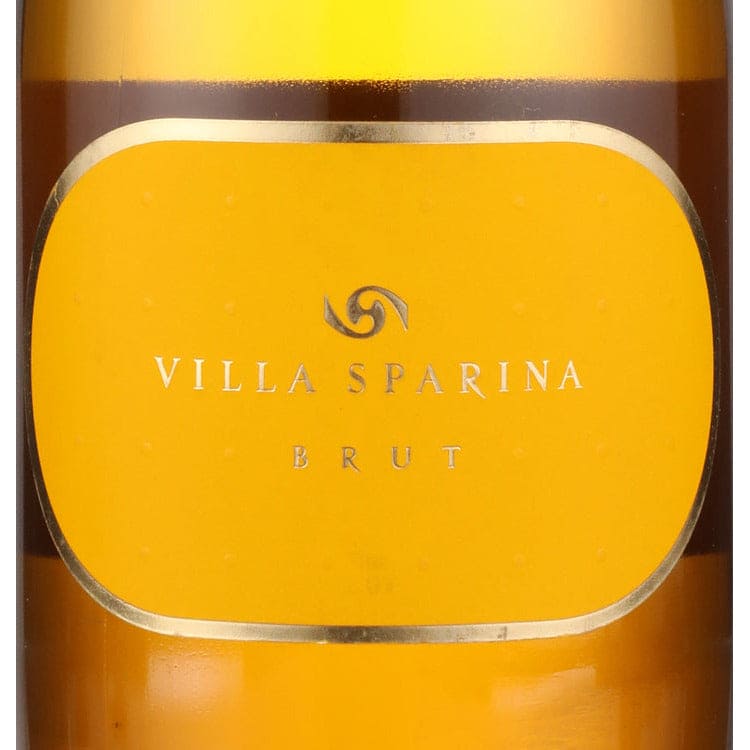
Cafaggio Toscana Rosso Basilica Del Cortaccio
Product Description
100 % Cabernet Sauvignon, aromas of cassis, cedar, tobacco and Mediterranean herbs. Concentrate palate with hints of licorice, coffee and chocolate. Chewy tannins, long and pleasant finish.
Brand Description
At an altitude ranging from 300-400 meters a.s.l. and covering a surface area of roughly 60 hectares, Cafaggio's conca d'oro vineyards have been renowned for the extraordinary wines they produce since the Renaissance and beyond (literally translated, conca d'oro means "golden shell"; it can also translated as "golden bowl" or "golden basin"). As the name suggests, the conca is a steep natural amphitheater with southern exposure, ideal for the cultivation of grapes that will be transformed into richly flavored wines with marked structure and immense aging potential. The winery has more than 600 yeard of tradition. Located in the heart of Panzano commune, one of the five Chianti Classico DOCG villages where Chianti was originally made (the only five townships where Chianti Classico can be produced today), the conca d'ora's soils are a mix of rocky galestro limestone (an olive green type of limestone unique to Chianti) and calcareous sandstone with a "scaly clay" texture and plasticity. With excellent drainage that gives the vines extra vigor as their roots search for the water table, the soil types combined with the altitude and exposure make the estate's vineyards one of the most coveted fine wine growing sites in all of Tuscany. Cafaggio is an active member of the Unione Viticoltori di Panzano (Panzano Grape Grower and Winemaker Union), founded in 1995, an association that supports the township's wineries and helps to promote their wines.

Explore a World of Spirits and Liquor through our Comprehensive FAQ Section.
Discover a World of Spirits and Liquor in our Helpful FAQ Section.
Types of Spirits
- Whiskey: Made from fermented grain mash and aged in wooden casks.
- Vodka: Typically distilled from grains or potatoes and known for its clear, neutral flavor.
- Rum: Produced from sugarcane byproducts like molasses or sugarcane juice.
- Tequila: Made from the blue agave plant, primarily in the area surrounding Tequila, Mexico.
- Gin: Distilled with botanicals, primarily juniper berries, giving it a distinctive flavor.
Production Process
- Fermentation: The process where yeast converts sugars into alcohol.
- Distillation: Separating alcohol from the fermented mixture to increase its concentration.
- Aging: Storing spirits in barrels to develop flavors over time.
Tasting and Pairing
- Tasting Notes: Learn to identify different aromas, flavors, and textures.
- Food Pairings: Discover which spirits complement various dishes, enhancing the dining experience.
Cocktails and Mixology
- Classic Cocktails: Recipes and techniques for making popular drinks like the Old Fashioned, Martini, and Mojito.
- Mixology Tips: How to balance flavors and create your own cocktail recipes.
History and Culture
Origins: The historical background of different spirits.
Cultural Significance: How spirits are enjoyed and celebrated around the world.

